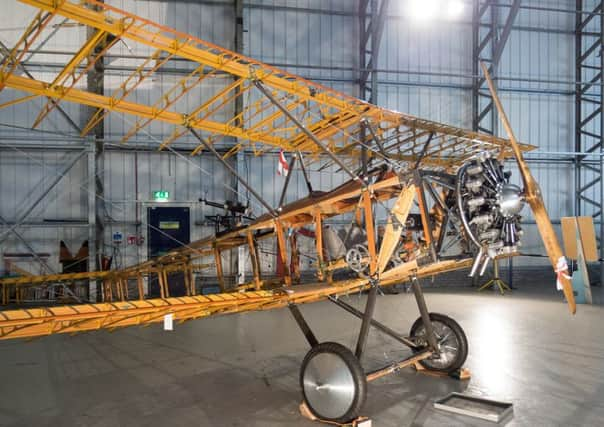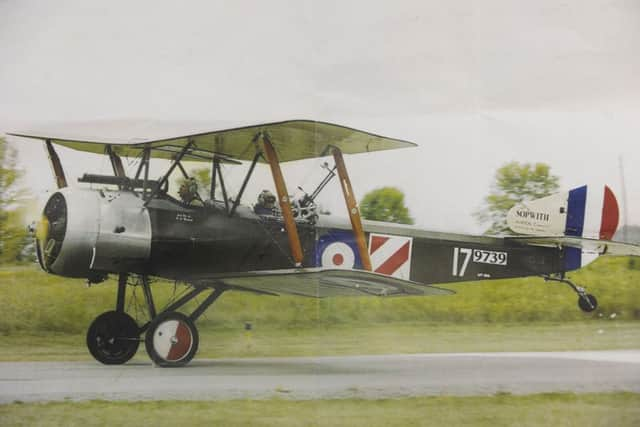'˜We're desperate to prevent a crash landing'


The pensioners defied expectation to build a full-scale RAF First World War plane at the National Museum of Flight, East Lothian over a 15-year period.
But museum bosses say they do not have the space to house the machine much longer and have set a deadline for the men, all aged between 69 and 95, to move their creation.
Advertisement
Hide AdAdvertisement
Hide AdThey are desperate for a hangar to complete the aircraft and store it in.


The team, all members of the Aviation Preservation Society of Scotland (APSS) secured £9000 Heritage Lottery Funding for developing and promoting the plane, which is a Sopwith 1½ Strutter, on its completion.
Dave Jones, 71, a former councillor working on the project, said: “The museum has been good but cannot accommodate the Strutter long-term. It is imperative we find space big enough to assemble it and display and fly it for educational purposes.
“The current shed has become far too small. We have an almost complete aircraft but need outside help now to get it in the air as soon as possible. We need to finish it for inspection and certification.”
Advertisement
Hide AdAdvertisement
Hide AdGerard Lohan, who is making a documentary with the men, said: “They need a place where people can not only come and see a live aircraft and talk to those who built it, but somewhere visitors can be immersed in the history and heritage of the First World War.


“The Heritage Lottery saw in them a unique opportunity to create a living heritage site with strong links to the community, based around the only flying First War fighter in Scotland.
“The ‘living museum’ would also have its own radio and radar collection and the men themselves are part of the experience with their wealth of knowledge.”
Ken Sharp, 72, a former power station engineer, said: “Quite a few who started the project with us have died and we have a duty to complete it for them.”
Advertisement
Hide AdAdvertisement
Hide AdA spokeswoman for National Museums Scotland said it was pleased to have been able to assist the men with space.
She said: “As the project nears completion, a larger space in another location is required for the aircraft to be finished. We have welcomed support from APSS members over the years as volunteers, most recently in helping to prepare aircraft for display in our new hangars which opened at Easter, and we look forward to continuing to work with some of their members as volunteers.”
The Sopwith Sopwith 1½ Strutter was created at the start of the Great War in response to the German air threat, which had the upper hand, menacing the British coastline with its Zeppelins. It was the first British aircraft to enter service with a synchronised machine gun. Originally employed for combat in Europe, it was less nimble than its successors, and was eventually deployed more for reconnaissance purposes.